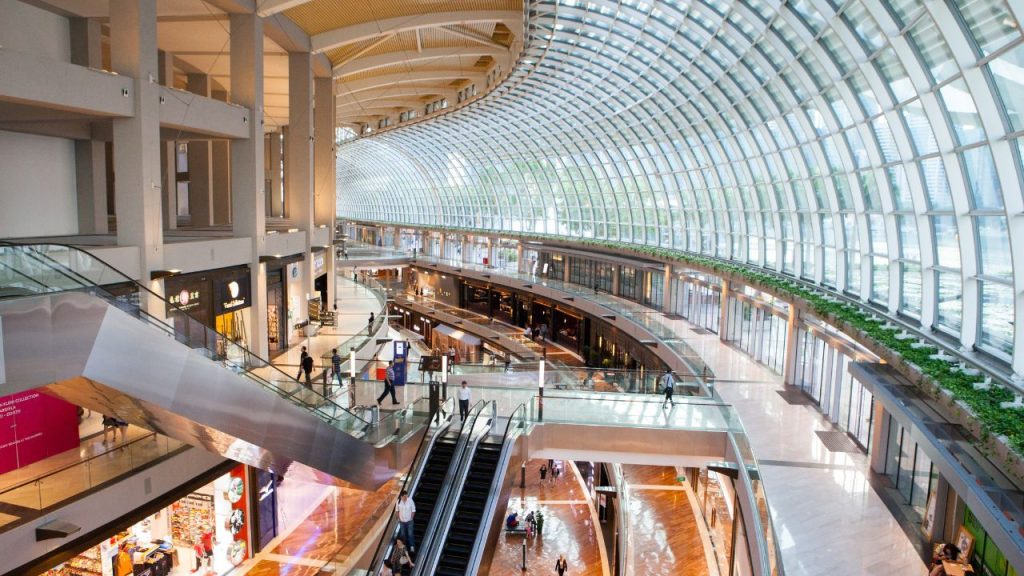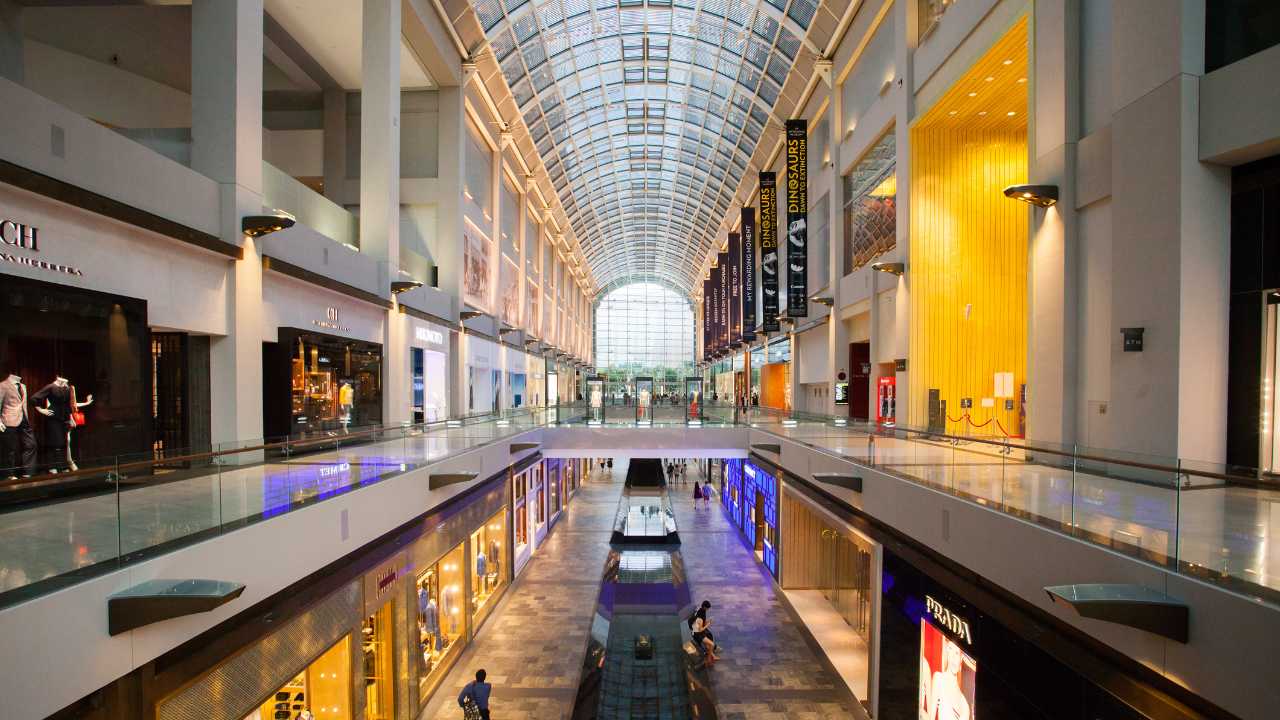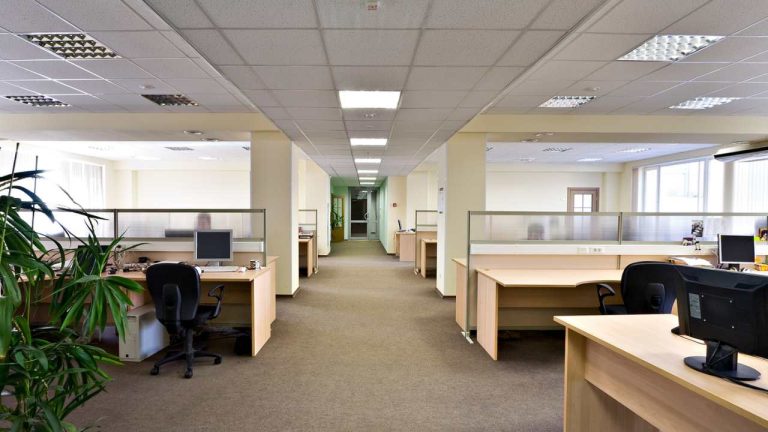How to Investigate Shopping Centers for Real Brokerage Opportunity
When you manage or lease a retail shopping centre you really do need to understand the prevailing market conditions, the property, and the level of competition around you.
That means a regular and full review of tenancy activity, shopping centre demand, and future retail projects. Retail properties are impacted by some quite different key performance indicators and also consumer sentiment.
Retail is Special
It should be said that the retail segment of the property market is quite special when it comes to rent, sales, leasing, and returns. There are many things to watch and monitor so that the performance of the property can be improved and optimised given the prevailing market conditions.
The main stakeholders in retail shopping centre performance are the landlords, tenants, financiers, and shoppers. They all have something to gain or lose depending on how the property operates and then can produce income and sales. They all fit into the equation of property performance.

Retail Review
Here are some ideas to help you review the level of retail property activity in your region:
- CUSTOMER BASE: Review the customer base within the geographical zone. Understand where the people (shoppers) are coming from and what they are looking for within a shopping centre. The tenancy mix, property presentation, convenience, and location will have a lot to do with factors of customer attraction and growth of sales.
- MARKETING SURVEY: Undertake a customer and marketing survey for any shopping centre on an annual basis. Know why people are coming to your property. Soon you will understand your customer profile and shopping patterns. That will be valuable information when it comes to establishing a property marketing budget and solution.
- PROPERTY COMPARISONS: Understand your shopping centre for both management or lease requirements, and then compare other shopping centres nearby. To do that correctly and thoroughly, visit the other properties over a period of time to assess tenancy activity, vacancy factors, marketing methods, and customer involvement.
- COMMON AREAS: Presentation in any and all common areas is very important when it comes to retail shopping centre performance and customer attraction. Most customers like to ‘feel good’ as they spend their money. The presentation of the shopping centre and the convenience of the retail process have a lot to do with that ‘feel good’ process.
- CUSTOMER ATTRACTION: A thriving and successful retail shopping centre will be encouraging frequent and ongoing visits from the customer base. Ideally you want your customers to visit the property frequently and regularly. There has to be reasons for customers to do that. There are a number of ways to do that including marketing in the local area, marketing through the tenant retail sale process, and community involvement in common areas.
- CONTESTS FOR CUSTOMERS: Competitions are valuable ways to attract customers to any retail property over time. You will need your tenants to join into the marketing process of shopping centre contests and any seasonal competitions. It should be said that these marketing solutions are funded from the property marketing fund and that fund is supported from the contributions of the tenants. It is quite normal for a retail shopping centre to have a marketing fund totally supported by tenant contributions and those contributions being set as a percentage of rental paid.
With any retail shopping centre investigation the first focus of assessment and review will always be the customer base. From the assessment of the customer base you can then look into the configurations of the tenancy mix, the vacancy factors, and the occupancy challenges existing.






